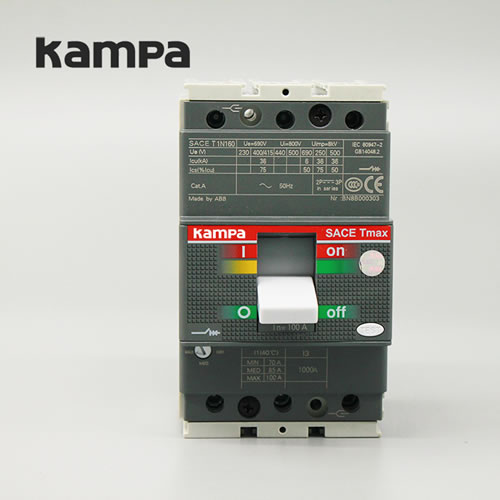Introduction to the product and development history of surge protectors
Datetime: 6/25/2019 4:25:00 PM Visit: 1841
A surge protector, also called a lightning arrester, is an electronic device that provides security protection for various electronic devices, instruments, and communication lines. When a sudden current or voltage is suddenly generated in an electrical circuit or a communication line due to external interference, the surge protector can conduct the shunt in a very short time, thereby preventing the damage of the surge to other devices in the circuit.
Surge protector for AC 50/60HZ, rated voltage 220V/380V power supply system, protection against indirect lightning and direct lightning effects or other transient overvoltage surges, suitable for family homes, tertiary industry and industry Requirements for surge protection in the field.
development path
The most primitive surge protector, the angular gap, appeared in the late 19th century and was used for overhead transmission lines to prevent lightning strikes from damaging equipment insulation and causing power outages. In the 1920s, aluminum surge protectors, oxide surge protectors and pill surge protectors emerged. A tubular surge protector appeared in the 1930s. Silicon carbide lightning arresters appeared in the 1950s. Metal oxide surge protectors appeared in the 1970s. Modern high-voltage surge protectors are not only used to limit overvoltages caused by lightning in power systems, but also to limit overvoltages caused by system operation. Since 1992, the industrial control standard 35mm rail-mounted pluggable SPD lightning protection module represented by Germany and France has been introduced to China on a large scale. Later, the integrated box-type power supply lightning protection combination represented by the United States and Britain Also entered China.



